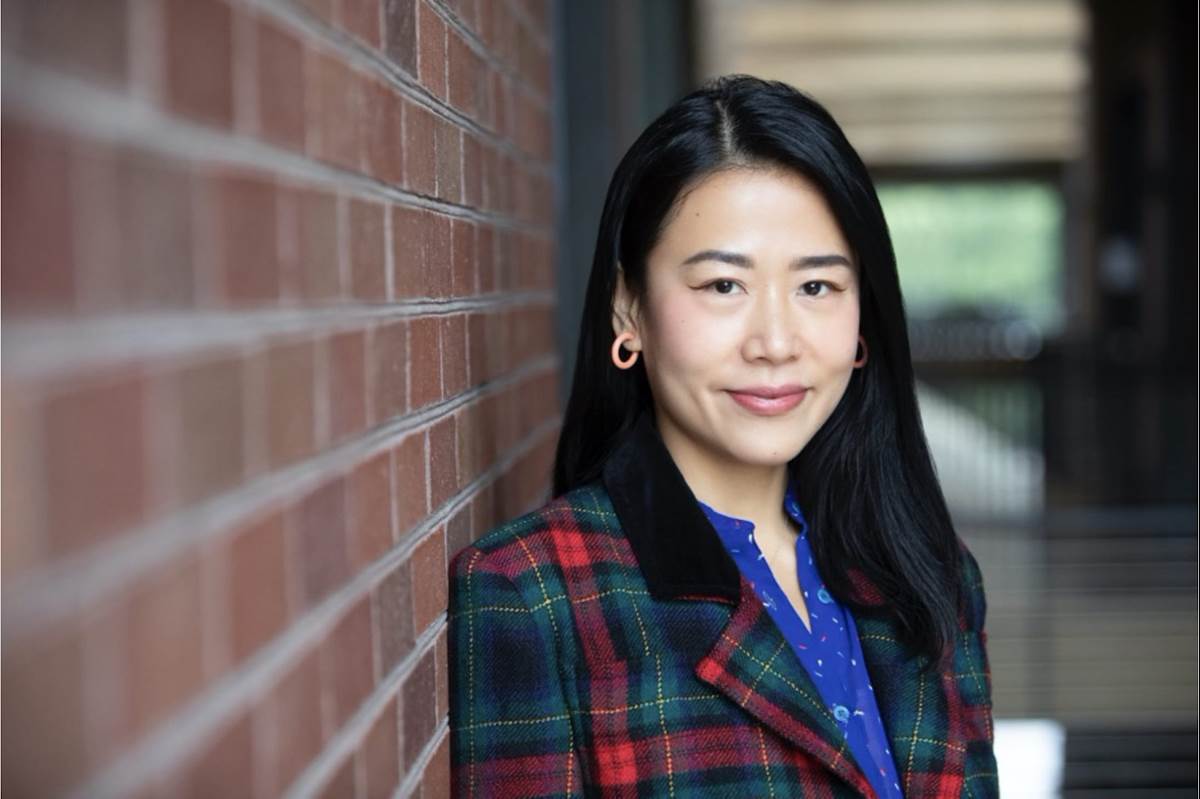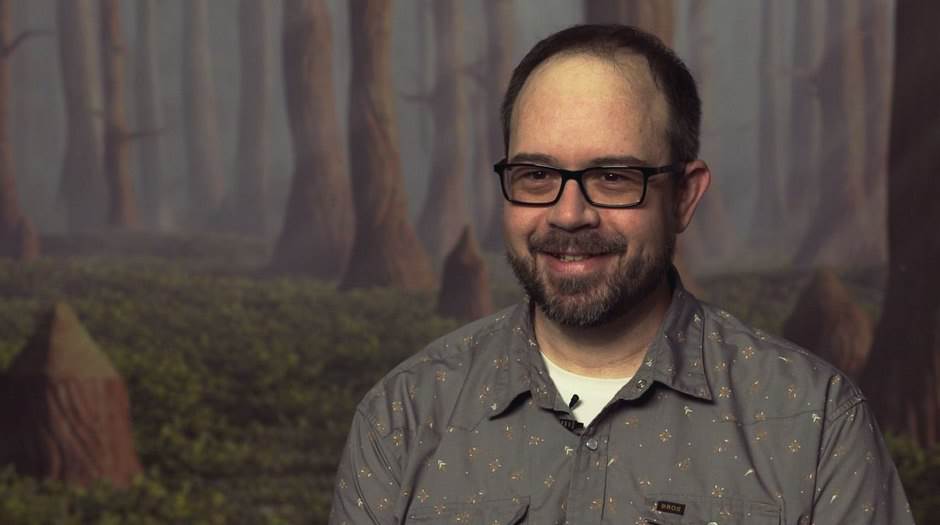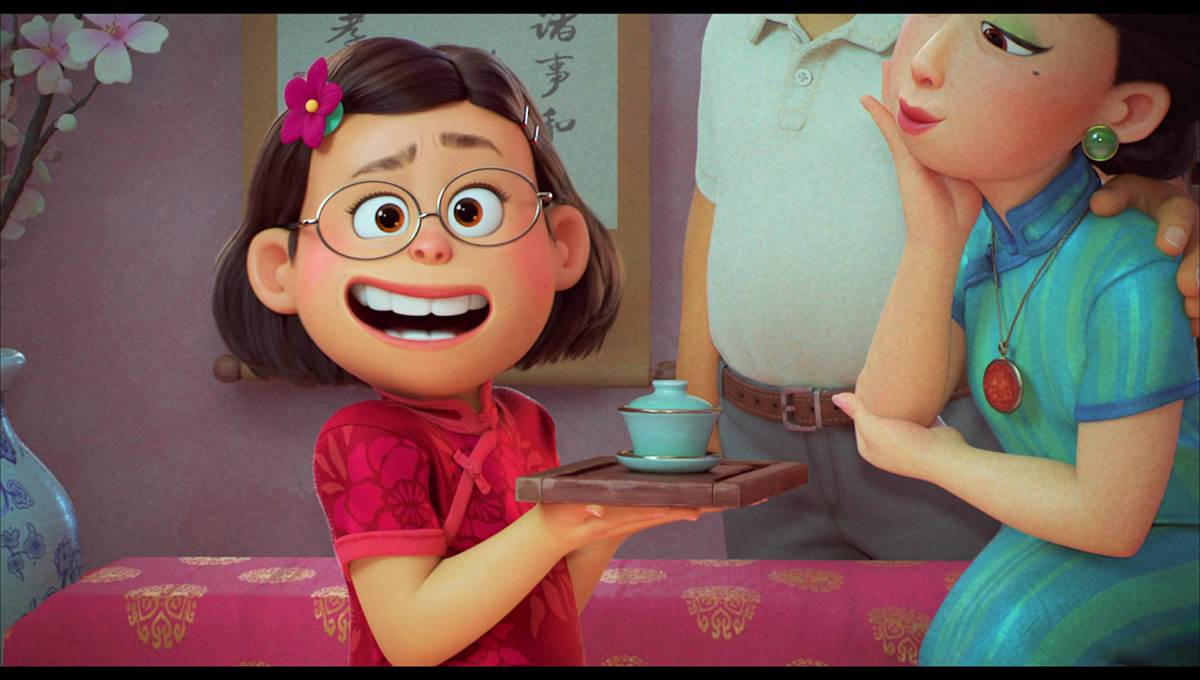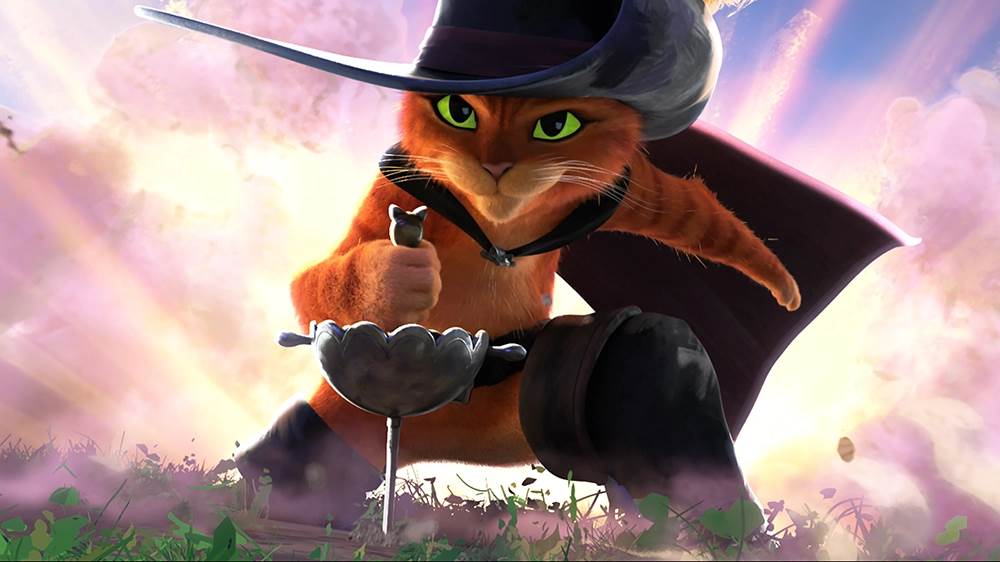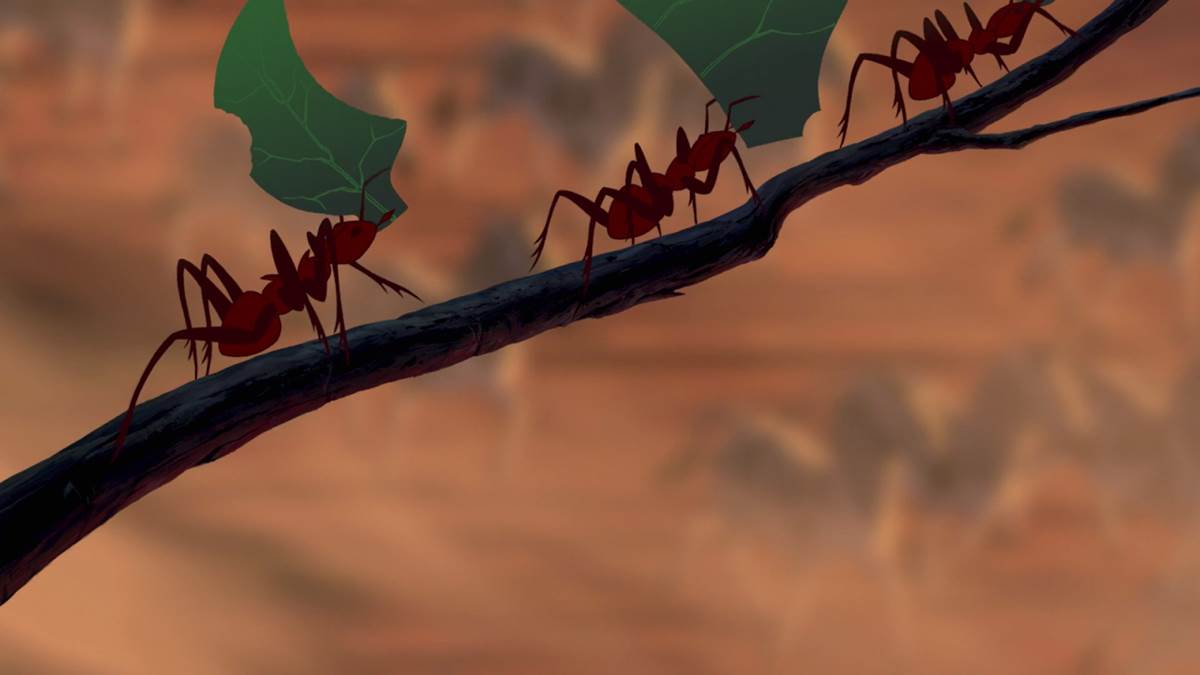Earlier today as part of the VIEW Animation Conference taking place currently in Turin, Italy, a panel of directors from recent feature films gathered together to discuss the future of the artform. The panel consisted of directors Domee Shi (Pixar’s Turning Red), Rob Minkoff (Paramount’s Paws of Fury: The Legend of Hank), Shannon Tindle (Netflix – Writer, Director, Exec. Producer), Joel Crawford (Dreamworks’ Puss in Boots: The Last Wish), Pierre Perifel (Dreamworks’ The Bad Guys), and Peggy Holmes (Skydance’s Luck). The panel took a look at the future of animation, opening with a topic and staying on it for most of the panel: How do we take animation and have audiences see it more than an artform simply for families and children.
The topic is a heavy one in the community, and to be completely candid, the discussion did little more for it than discuss how these recent and upcoming films from these directors attempt to stray from that perception. It was Tindle who was most passionate about the topic, attempting not to violate any NDAs while he hinted that his upcoming project pushes the boundaries of how animation will be perceived.
Tindle, currently with Netflix, and the rest of the panel kept emphasizing streaming projects as the best place to change the perception, however, according to Domee Shi, the hardest part will be budgeting and getting marketing to get eyes on the project. The Turning Red director notes that economics and budgets are the biggest obstacle in changing the perception, namely because studios don’t want to spend $200 million on a film that caters to what (at this time) is a niche market – “adult animation.” They’d rather it be for a wide number of audiences, and a good half of that budget is for the marketing.
Looking at streaming services, the budget can be lower and more genre-defying projects can be greenlit, but they would be hard-pressed to find mainstream success because they won’t have the marketing to get all eyes on it. Tindle again cried out to his bosses at Netflix and other streaming services in general to start pushing those projects as much as some of the other big name series’ and films we see advertised.
He also pleaded to the powers that be that might have been in the room or watching online to let animation directors be part of the Director’s Guild of America (DGA), something that is currently not a thing. Rob Minkoff, who has been in the industry for decades (known mostly for his work on the iconic The Lion King from Walt Disney Animation Studios) jumped in with an anecdote. As he explored filmmaking beyond animation and into live action, Minkoff IS part of the Director’s Guild, and he shared that there have been talks to have animation directors join, with everyone at the DGA fully supporting the idea, with some ready to call the major studios at a moment’s notice saying they now represent the filmmakers. However, according to Minkoff, it was the animation filmmakers themselves who were split, with a number of directors wondering how it would affect their existing job and whether or not they would get to keep it.
Tindle said the entire panel should take a blood oath and become a part of the DGA, hopefully changing the industry. Another idea he shared was far less dramatic, suggesting that instead of the voice talent, who usually are in front of the cameras peddling the films on talk shows, press junkets, and late night television; it should be the filmmakers themselves. As an example, for a live action film, you might see Quentin Tarantino pushing one of his movies in an interview, or Martin Scorcese sharing stories from the set of a film he’s working on. Why can’t animation be any different? Then, it would help audiences understand their vision, and easily help trained eyes adjust some of the more mature themes that an animated film could take on.
As an example of these themes, the gears shifted to the new Puss in Boots: The Last Wish, which has yet to debut, but was touted as exploring themes of death, and what’s important in life with the time one has left. Again, the movie hasn’t come out yet, so the panel remained vague on the topic, just saying that hopefully it can set a bar for deeper themes in the genre. Domee also mentioned that Pixar has a number of projects that will be emotionally deep, beyond just the idea of kids and families, but added that’s also been the entire genesis of the studio.
Domee also said that emotional innovation is the next wave of animation, emphasizing that photorealism is easy now. Animation, especially computer animation, has made lifelike animation simple and almost passe. Now, the artists need to use their toolbox and use colors, lighting, camera work, and a slew of other tricks to make sure their show connects emotionally almost subconsciously, versus “Hey it looks real!” Using her film Turning Red as an example, she mentioned that they could have done a life-like Toronto, but had to turn it into a stylized version and connect the colors and sets to make it like the early 2000s, and have it connect with audiences in the way she wanted/needed it to.
Minkoff mentioned later in the conversation how studio execs were worried about a particular shot in The Lion King, right at the beginning of the film during “Circle of Life” when we see ants on a twig and then rack zoom out into some zebras. There was concern that the shot was too sophisticated for animation and not necessary, but the argument was made that it’s still filmmaking, and the shot remained.
Minkoff also thinks that we’re just at the beginning of a new trend that will showcase animation as an artform beyond family audiences, and that’s saying something coming from him. He elaborated that he came into Disney back when animation was largely thought of as a dying artform. That era turned into the renaissance of the 80s and 90s, and pushed into the computer animation revolution and into where we are today. While Minkoff did explore other opportunities outside of animation, he is back with Paws of Fury: The Legend of Hank (which was barely mentioned in this panel) and feels we are on the cusp of a new era of something great, but he also feels that there should be a streaming platform that is solely animation (beyond CrunchyRoll, which is primarily anime).
Domee also mentioned that she hopes to see animation seen in North American animation as it is seen in Japan, a filmmaking medium that literally tells any story in any genre, it just happens to be this medium called animation. Animation is not its own genre, like it is here domestically. Once it gets beyond the animation niche, any story can be told without limits.
As a lifelong fan and enthusiast of the artform myself, let’s hope that day comes sooner rather than later.
Pixar’s Turning Red, and Walt Disney Animation Studios’ The Lion King are available to stream now on Disney+.

